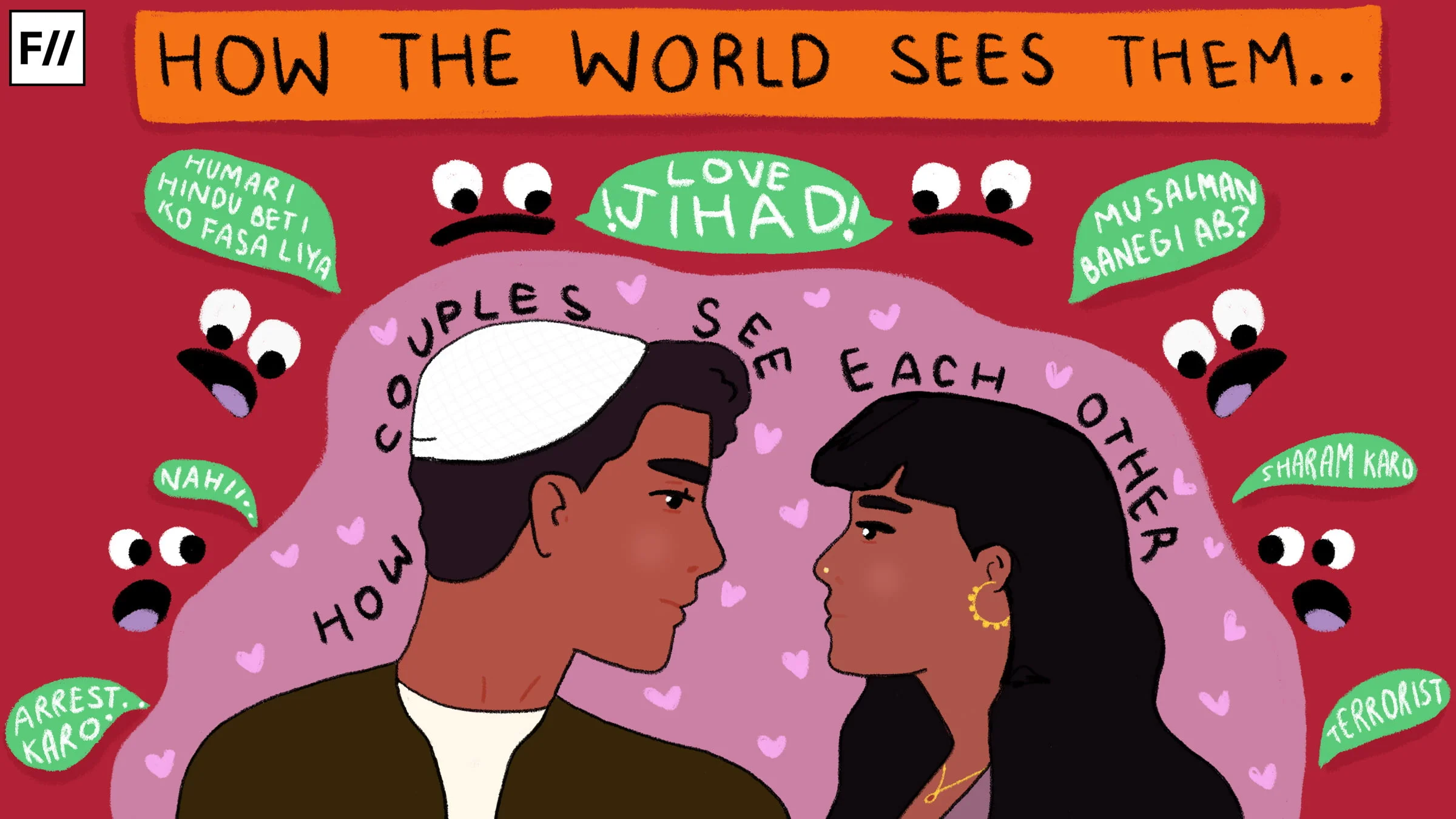A few days ago, almost as a cruel joke just before the Transgender Day of Remembrance, the Union Ministry of Social Justice and Empowerment completely rejected all the recommendations of the parliamentary standing committee on the Transgender Persons (Protection of Rights) Bill 2016 (henceforth called the TG Bill 2016), and stated that it will table the original, unamended version of the bill in the upcoming session of Parliament.
That original TG Bill 2016 has already been decried by trans activists as being horribly regressive, flawed and completely antithetical to the spirit and letter of the 2014 NALSA Judgment by the Supreme Court of India. From the words of this Bill and the comments of the Union government and its representatives on this matter, it seems as if they do not fully understand who trans people are and what are the issues at stake. So let us give them some benefit of the doubt, and let us look at what the differences between the 2014 NALSA Judgment and the TG Bill 2016 would actually mean for trans people.
Trans people are not a monolithic group, but an umbrella term for all those who do not identify with the gender assigned to them at birth. What we do identify as, how we express it in day-to-day life, and how we live our personal, social and professional lives in the context of our gender incongruity, varies widely from person to person.
the government rejected the recommendations of the parliamentary standing committee on the Transgender Persons (Protection of Rights) Bill 2016.
For example, there are those of us who take the route of a medical and physical transition from male to female (or female to male, in the case of trans men), and identify only with the gender we transition into, not the one assigned to us at birth, and not even with the umbrella term ‘transgender’. Before the 2014 NALSA Judgment, our laws allowed such individuals to change their legal gender on all documents and IDs only after they had undergone gender confirmation surgery.
However, this was usually possible only for a tiny minority of people who could afford the expensive medical and surgical treatments or even access the right doctors for this purpose in the first place. After the judgment, in theory, it has become much easier for us to change our legal gender, even before / without any medical or surgical steps, but in practice, experiences vary widely from person to person, and depend on how well one ‘passes’ as female or male, and whether the bureaucrat in question is informed and sympathetic enough or not. Will the TG Bill 2016 turn its back on such individuals as well, and lump everyone into a horribly worded definition of ‘transgender’ which completely misunderstands who we are and how we live our lives?
Also Read: State Insensitivity In Trans Inclusion
Then, there are those of us, who either identify as non-binary or are forced to live as such. It may be tempting and simplistic to assume that all such individuals can be visually identified as non-binary, but in reality, there is a wide range of appearances and expressions even among non-binary people. And then, there are those who may be living with any of a wide variety of intersex conditions, whether it is related to their chromosomes, genitalia, hormone levels, or any other sexually dimorphic characteristics. Only some of them can be identified as intersex at birth, whereas others may discover it at puberty or even in adulthood, and some may never come to know of it at all.
The only sensible way to talk about the rights of such a diverse community of people is to affirm their right to self-identify their gender and to treat their rights to education, employment, rights against discrimination and violence etc as equal to that of any other citizen. Once one is able to understand trans lives as they actually are and see trans people as they see themselves, our struggle for equal rights becomes painfully obvious to understand and empathize with.
Will the TG Bill 2016 lump everyone into a horribly worded definition of ‘transgender’ which completely misunderstands who we are?
Without this understanding of the diversity of our experiences and identities, this problem of misidentification and being wrongly labelled will remain and will keep rearing its ugly head in some form or the other. In today’s India, it manifests itself as the TG Bill 2016, in the US currently, it takes the form of the horribly transphobic ‘bathroom bills’, whereas, in too many other countries around the world, our existence is completely denied and invalidated.
Our rights to personhood, to identify as a man or a woman or outside these two genders, and to have the same legal and social rights as cisgender individuals, are not up for debate. They cannot be handed piecemeal to us, infractions determined by people with no experience of our lives. They cannot be bargained or legislated away. They exist, irrespective of and prior to any legislation or executive action, just like all other fundamental human rights. We exist, irrespective of and prior to any legislation or executive action, just like all other humans.
Cisgender individuals are not asked to prove their gender, are not examined by ‘screening committees’, are not forced to talk about or exhibit their bodies and how they work to anyone that they do not want to. Then why should trans people be forced to do the same?
Featured Image Credit: Al Jazeera
About the author(s)
Vidya is a queer feminist woman with a history of gender transition. She and her spouse are like most other 'millennial' couples in urban India, balancing their relationship, careers, and a young child, with Vidya's ongoing gender transition.




